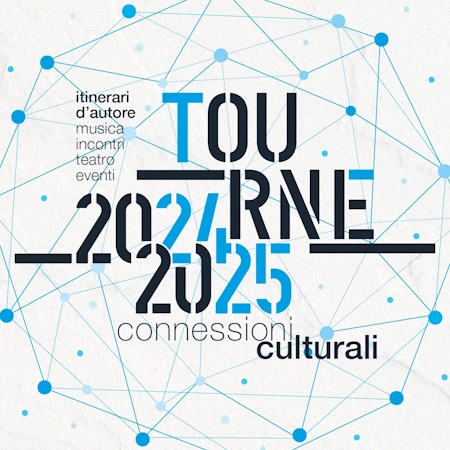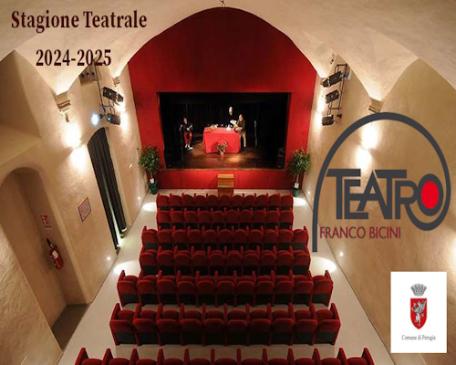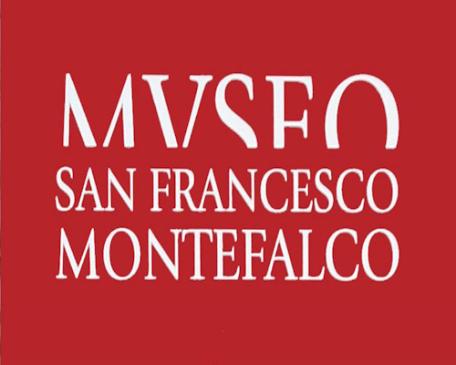HISTORY
According to tradition, Montecastrilli's name takes its origin from the Latin "castra", i.e. "encampments," which, it is said, were supposedly set up here by Hannibal as he marched toward Rome.
After the fall of the Roman Empire, Montecastrilli first became a garrison of the Lombards, the founders of the Duchy of Spoleto, and then of the Byzantines, who added the town to the defense system that protected communications between Rome and Ravenna.
In the early Middle Ages it became part of the Arnolfi Lands, which included Narni, Terni, Spoleto and Todi. The feudal unity of the Arnolfi family broke apart for good in 1093 AD, and Montecastrilli passed into the dominions of the Church.
It was not until 1810 that Montecastrilli became an independent Commune, but after the fall of Napoleon (1814), it returned to the Papal States until the birth of the Kingdom of Italy (1860).
ART, CULTURE, ENVIRONMENT
In the village, the structure of the city walls framed by a series of crenellated towers can be seen, with two gates opening in the walls, Porta Amerina and Porta Medioevale.
Essential sights are the Parish Church of San Nicolò, which has a 15th-century wooden Crucifix, a 16th-century Madonna, a canvas by Bartolomeo Poliziano of St. Anthony and St. Lucy (1629) and a Madonna of the Rosary (1606) by Ricci da Urbino, and the Church of Santa Chiara (17th century), annexed to the monastery of the Poor Clares, which holds a large canvas of the Assumption dating from the 18th century.
There are several sites nearby that are worthy of a visit, such as the Church of San Lorenzo in Nifili, a notable example of the Umbrian Romanesque style.
In Quadrelli, we find the Church of Santa Maria Assunta, also Romanesque, and the Church of the Confraternita del Santo Rosario (17th century), with a truss roof made with terracotta tiles decorated with the coat of arms of Cardinal Nicola Canali.
In Castel dell'Aquila there is the Museum of Rural Civilization, with a permanent exhibition of agricultural tools and implements, and in Casteltodino the Church of San Bartolomeo (9th-10th century), reopened for worship following major restoration work.
Located at the center of an ecologically intact area with an enchanting agricultural landscape of large sections of cultivated land dotted with farmhouses, the area is well-known for its healthy climate.



















.jpg/59c37a8c-4576-ad5d-b902-45b108fa3d68?width=456)






